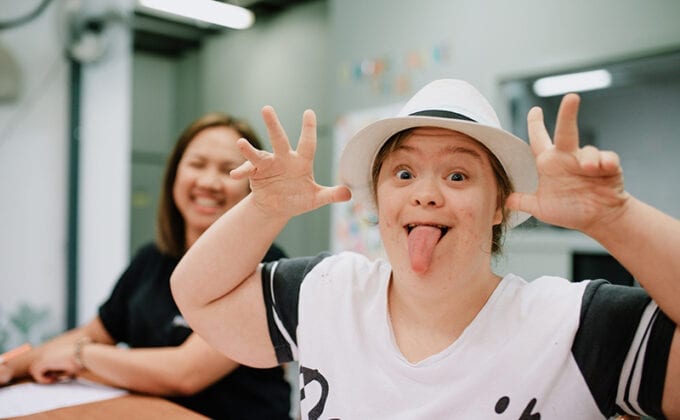An impairment or disability services Melbourne is defined as any condition which limits one or more aspects of hearing, movement, vision, thinking, learning, communication or mental health.
Physical disabilities range from cerebral palsy to spinal cord injuries.
Children living with multiple disabilities have multiple impairments that create educational needs so great that programs designed for just one type of disability cannot meet them all.
Physical
Physical disabilities occur when an individual experiences difficulty moving or controlling their limbs and body, either due to illness, injury, side effects of medication or hereditary factors. Common examples include cerebral palsy, spinal cord injury, carpal tunnel syndrome and muscular dystrophy.
Other forms of physical disabilities include paralysis – when parts of the body cannot move (either one or both legs), arthritis and rheumatoid arthritis, as well as the condition known as fibromyalgia; all can result from either accidents or illnesses.
Vision impairments range from total blindness (blindness) to low or blurry vision, colour blindness and reduced light sensitivity. Hearing impairments also vary, from total deafness (complete deafness) to limited or no hearing (mild to profound). Such hearing losses could be the result of an accident or illness and these impairments may be either permanent or temporary depending on their type and severity.
Mental
Mental disabilities range from depression and anxiety disorders, making it harder for individuals to interact with others as expected, affecting work and daily activities.
Locomotor disability refers to weakness or limitations in the muscles that control movement, including cerebral palsy, poliomyelitis, spinal cord injuries and amputation as well as arthritis or other musculoskeletal conditions such as osteoarthritis or myopathy. In addition, locomotor disabilities may result in blindness as well as difficulty moving muscles during speech such as with stuttering or dysarthria.
Memory loss or dementia are among the many hidden disabilities, since they don’t always show up on medical tests; these cognitive issues can impact someone’s daily activities. There are different perspectives on disability – the social construction model and medical model are two. Some prefer “people-first” language rather than being labeled with an illness or disease diagnosis.
Sensory
Sensory disabilities involve problems with hearing, smell, touch and sight that can be caused by accidents or injuries, illnesses and genetic factors. Some sensory disorders can be corrected while others become permanent conditions.
People with hearing impairments typically have difficulty perceiving sound frequencies that are normally audible by most individuals, whether mild, moderate or severe in severity. Blind or low vision individuals experience difficulty seeing things clearly and may struggle with mobility issues as well as self-care needs and independent living needs.
Somatosensory disorders are conditions that interfere with how we perceive physical sensations such as touch, pain and pressure on the body. Somatosensory disorders can cause people to overreact to touch, movement or sounds that cause anxiety or discomfort; there are support services available to children and adults with sensory disabilities such as education, support services and equipment – as well as specific home and centre-based support if required.
Intellectual
Intellectual disabilities often present individuals with significant difficulty socially, leading to them feeling isolated and more likely to be taken advantage of by others. Furthermore, many may lack the capacity to recognize their strengths and interests properly which makes finding programs such as Best Buddies International or Special Olympics International more challenging.
Historically, this condition has been known as “mental retardation.” According to the Diagnostic and Statistical Manual of Mental Disorders’ fifth edition text revision (DSM-5), mental retardation can be described by significant deficits in intellectual functioning and limitations in adaptive functioning that appear before age 18.
This condition may have its roots in birth defects, illness or injury and your healthcare provider should be able to inform you more of its outlook as well as any associated problems that might occur alongside it.




